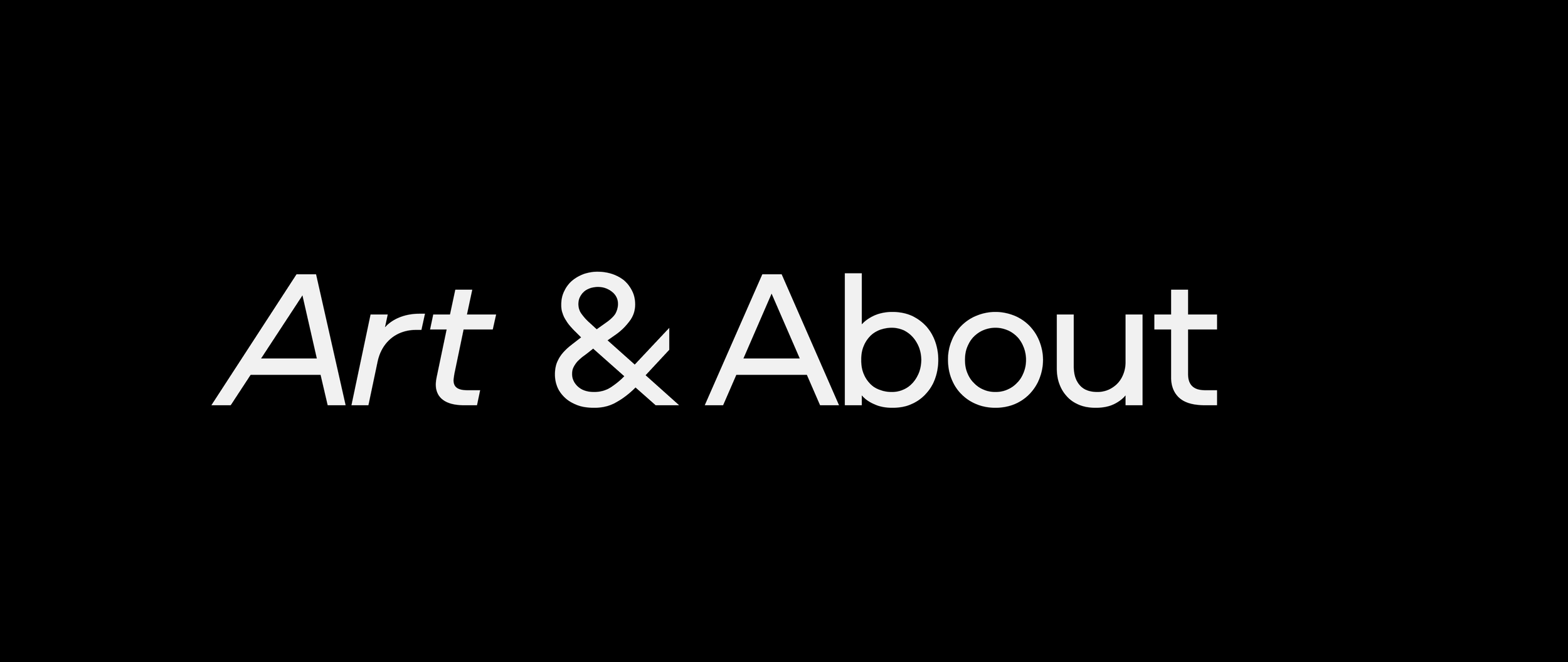Jacky Marshall, Pink Squirrel, 2022, Photo collage and oil pastel, 19 1⁄2 x 29 inches, courtesy of the artist
Opening Reception, Saturday, July 29th, 4 - 7 pm
Drop-in public viewing hours are Fridays and Saturdays 12 - 6 PM and by appointment Monday - Thursday.
The lumber room is pleased to present our Summer exhibition: The Rose, curated by Justine Kurland. A wide survey of over 40 artists, The Rose considers collage as a subversive action and a feminist strategy. The title borrows its name from Jay DeFeo’s seminal painting and refers to her iterative practice, where one thing turns into something else, gathering rotational gravity as it orbits.
Featuring the work of: Ruth Asawa, Natalie Ball, Lee Bontecou, Vija Celmins, Philo Cohen, Jay DeFeo, Mary Beth Edelson, Tatiana Florival, Vanessa German, Bean Gilsdorf, Janice Guy, K8 Hardy, Leslie Hewitt, Jessica Jackson Hutchins, AK Jenkins, Baseera Khan, Kiki Kogelnik, Tarrah Krajnak, Lynn Hershman Leeson, Jacky Marshall, Aspen Mays, Qiana Mestrich, Helina Metaferia, Shala Miller, Joiri Minaya, Rachelle Mozman Solano, Wangechi Mutu, Martha Naranjo Sandoval, Yamini Nayar, B. Ingrid Olson, Frida Orupabo, Gina Osterloh, Olivia Reavey, Deborah Roberts, Sally Saul, Keisha Scarville, Gwen Smith, Pamela Sneed, Lorna Simpson, Lau Wai, Della Wells, Hannah Wilke, Francesca Woodman
From the Curator:
The Rose presents the work of forty-four artists, dating from the 1960s through to the present, and proposes a circular genealogy of collage. The exhibition imagines an extended family of artworks, where kinship is forged through association, at once amplifying themes and providing context through similarity and difference, sounding out feelings and language as a collective effort. The works convene like the petals of a rose: a collage in and of itself.
The title is an homage to Jay DeFeo’s seminal work of the same name. It isn’t exactly a painting. It might very well be more architectural than sculptural, something to crawl through like a doorway or a cockleshell.It took eight years, DeFeo ladling paint to canvas one teaspoon at a time, for The Rose to swell to a weight of two tons. In order for it to be removed from her studio the building had to be cut open, as if given an episiotomy. Immediately after completing this monumental piece, DeFeo turned to photography and collage. The Rose taught her about circularity and art-making as an iterative process where one thing turns into another, entering a cycle of self-reference and mutation that amassed rotational gravity from its orbit.
The work on view touches the figure of The Rose at oblique angles. In reference to a vaginal form, it’s a muscular art full of nerve endings and teeth — a cipher of female desire, pleasure, and rage. As a circular form, it provides relief from hierarchical power, offering the cyclical, organic, and revolutionary in its place. It’s the portal through which we birth ourselves, a cyborg automaton or Frankenstein’s monster. The Rose is a bruise unfolding at sites of everyday crisis from the repeated battering of systemic and structural abuse. The Rose, as a collage, opens space to feel, to grieve, to commemorate. Perhaps it’s one flower in a funeral bouquet, perhaps it’s the vase itself.
Contradiction is inherent within the very form of collage; it pieces together a restorative language from the very stuff that would do us harm. It counters violence with violence; it cuts, rips, and rents apart, necessitating, in turn, the reparative action of gluing, binding, and bringing things back together in a new unity. Some of these artists work with scissors and glue, a classic method of collage dating to some of the earliest instances of the form; scrapbooks made by Victorian housewives. Others borrow a narrative approach from histories of quilting, encoding messages within stitched shapes. Photography frequently laminates disparate parts into a single plane and three-dimensional assemblages expand notions of collage. Some works included are not collages at all but resonate thematically like distant cousins. These artists source archival materials, family albums, and vernacular imagery, disrupting the production of knowledge and power. They use photography, paint, scraps of paper, fabric, video, ceramics, string, and text as tools for survival and as technology for world-building — for radical deprogramming and to untangle the insidious complicity in the devaluation of ourselves and others. Here, collage is the art of centering the margins, of folding into, of invagination and inversion, of turning things upside-down to drain the clogged phlegm of the status quo. It allows us to patch ourselves into the world through a repeated insistence that the sheer force of our attention and care is transformative.
~Justine Kurland
About the curator:
Justine Kurland is an artist known for her utopian photographs of American landscapes and the fringe communities, both real and imagined, that inhabit them. Her early work comprises photographs, taken during many cross-country road trips, counters the masculinist mythology of the American landscape, offering a radical female imaginary in its place. Her recent series of collages, SCUMB Manifesto, continues to make space for women by transforming books by canonized male photographers into a new feminist form.
Kurland’s work has been exhibited at museums and galleries in the United States and abroad. Her work is included in permanent collections of the Whitney Museum of American Art, New York; Solomon R. Guggenheim Museum of Art, New York; Museum of Modern Art, New York; Carnegie Museum, Pennsylvania; Getty Museum, California; National Gallery of Art, Washington, D.C.; and the Museum of Fine Arts, Montreal, among others.


